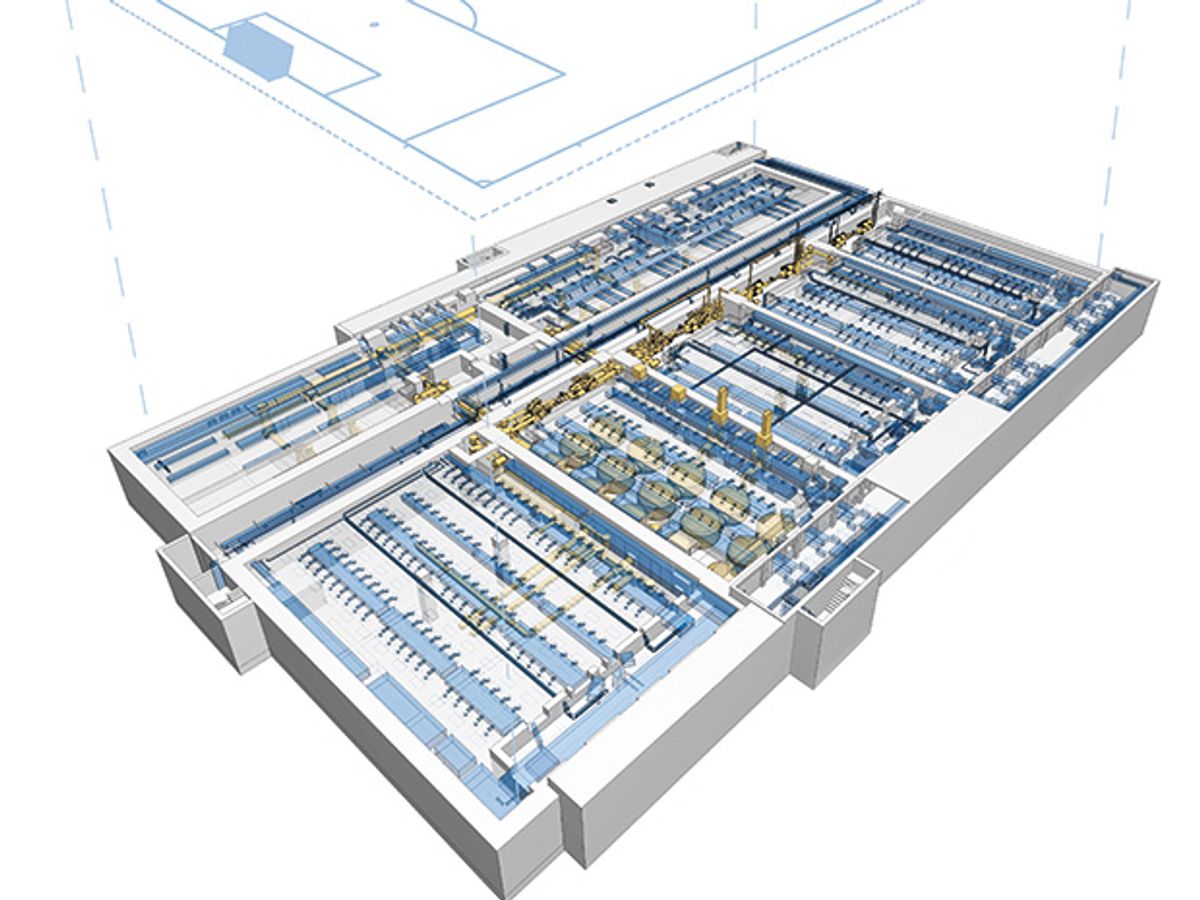A new laser research center in Europe, which will house the most powerful laser in the world, officially opened on 19 October.
The new ELI (Extreme Light Infrastructure) Beamlines facility, located in Prague, will be the world's first international laser facility when completed in 2018. The strongest of the four lasers housed there will reach intensities 10 times as great as any currently achievable; it will have a peak power of 10 petawatts, or 10 million billion (1015) watts.
The ELI center’s lasers will be used for research into material sciences, medicine, biology, chemistry, pharmaceuticals, astrophysics, and nuclear physics. Researchers noted that laser-driven particle acceleration could ultimately find use in cancer treatments and extremely compact electron-positron colliders. It is also hoped that the center will be the site of discoveries leading to improved contrast and resolution in medical X-ray imaging. That, in turn, could lead to early detection of small tumors. Research into plasma physics at the complex might also shed light on phenomena such as controlled nuclear fusion, ultra-high energy cosmic rays, and the Hawking radiation given off by black holes.
The first laser, L1, has a peak power of more than 5 terawatts. It can fire ultra-short pulses, each lasting less than 20 femtoseconds (20 x 10-15 seconds), at a rate of 1,000 times per second. L2 will have a peak power of 1 petawatt, and is designed to fire 15-femtosecond-long pulses at least 10 times per second. L3, which is being constructed in close cooperation with Lawrence Livermore National Laboratory in California, will have a peak power of more than 1 petawatt, and is designed to fire 30-femtosecond-long pulses 10 times per second.
L1, L2, and L3 are all state-of-the art diode-pumped solid state lasers. Because they are significantly more energy-efficient than traditional lasers, they’ll be able to fire at high energies quickly and repeatedly. L3 will use the brightest laser diodes ever made.
L4 will have a unprecedented power of 10 petawatts, and will be capable of firing 150-femtosecond-long pulses once per minute. It will get its high power from flashlamp pump technology, with actively cooled laser glass that amplifies the laser light to very high energies.
Construction of the center is completed. Installation of the lasers will start at the beginning of 2016; the entire complex, which is funded by the European Commission, will be open to researchers starting January 2018.
Charles Q. Choi is a science reporter who contributes regularly to IEEE Spectrum. He has written for Scientific American, The New York Times, Wired, and Science, among others.



